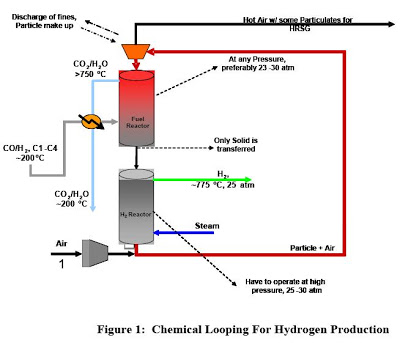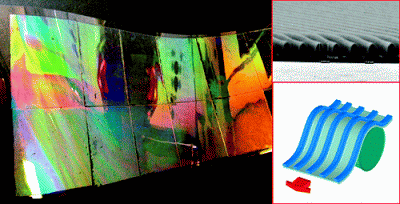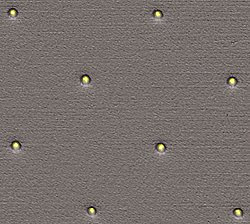ARPA-E Carbon Capture Projects
Department of Energy’s ARPA-E selects 37 projects to pursue breakthroughs that could fundamentally change the way we use and produce energy. This is the first round of projects funded under ARPA-E, which is receiving total of $400 million under the American Recovery and Reinvestment Act. Five of the 37 Projects are for Carbon CaptureCarbon capture …







